Discussing Civic Protest in the Middle Grades
A MiddleWeb Blog
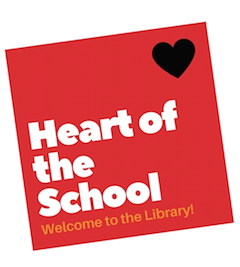
My first demonstration was in 1969 when I was two months old. I “marched” in the arms of my mother, who along with my father and 3,000 others participated in the Peace Park Protest in Berkeley. My mother, a constant warrior in the fight for peace and justice, died in 2003.
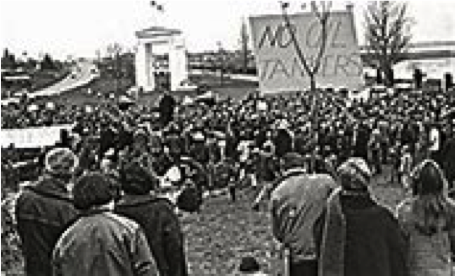
Peace Park, 1969
After her death, my sister and I found that she had affixed a piece of duct tape to every piece of clothing she owned. Confused, we reached out to her best friend, who explained that it was her way of objecting to the government’s ridiculous suggestion that Americans keep duct tape and plastic wrap in their homes as a way to combat a terrorist attack on the heels of 9/11. A protester even on her deathbed.
A Nation Built on Protest
America has a rich history built on protest (remember the Boston Tea Party and the Revolutionary War?) and the quest for a better nation for all (remember the Declaration of Independence and the Bill of Rights?) It also has a rich history of citizens angry at protesters, asking them to settle down, to quiet down, to choose another method, or to “wait for their turn.”
Protest, in many ways, is among the most quintessential of American behaviors. As Michael Eric Dyson discusses in his must-read book, Tears We Cannot Stop, Americans must protest the unjust. True patriots love their country enough to criticize and try to correct its wrongdoings in stark contrast to nationalists who “spurn such correction and would rather take refuge in bigotry than fight it.” (p.118).
Through protest we have become a nation, stopped slavery, gained civil rights, and stopped wars, and through protest we continue to work to make America greater.
In recent years, I have felt privileged to practice my patriotism as a part of work to protect voting rights and workers’ rights, and to promote intercultural peace and understanding. While I must admit I’m not out marching much, watching the resurgence in civil protest in favor of social and economic equality, human rights, racial equity, and gun law reform has been exhilarating.
I wish my mother was alive to see it. I can almost hear her sing, “The times they are a-changin’!” My Facebook feed, however, is often filled with comments that cast protestors in a negative light. That troubles me.
In the Middle Grades Classroom
Clearly I support protest. In fact, it’s probably abundantly clear that I identify as liberal on the political spectrum. But I live in a conservative part of the country. A great number of people in my community, including many teachers I work with, students I support, and my dearest friends do not hold with my liberal viewpoints.
It doesn’t matter. I love and support my neighbors with their Trump/Pence bumper stickers just as they love and support me with my peace signs and inverted rainbow triangles.
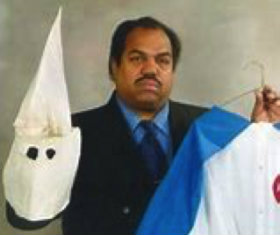
Daryl Davis
The bottom line is that wherever we fall on the social/political spectrum, we must learn to listen to each other and love each other as fellow human beings. It works. Need convincing? Read about Daryl Davis, an African American man who has personally befriended and changed the minds of over 200 former racist ideologues. (Also see this Atlantic post.)
So, how can we broach the topic of protest in the classroom? How can we help students learn to listen to and love each other, political and social differences aside? We can do it through respectful discussion and reading. Truly, learning to thoughtfully communicate ideas and entertain the ideas of others is the cornerstone of democracy.
Let’s Talk!
Classroom discussions are an important part of my pedagogy. I want students to talk about difficult issues, including the concept of and actions related to protest movements. Some years ago, I wrote about a method I successfully used to promote quality classroom discussions. While it is summarized below, I hope you will consider clicking the link and reading the entire post. It is filled with resources you may find helpful.
Steps for Facilitating a Quality Discussion
- Choose an issue. In this case, the issue should be one connected to a recent or historical protest.
- Offer students multiple sources (including written, video, and other visual texts) that share differing perspectives on the issue. Examples will be shared below in the Resource Roundup.
- Give students time to prepare for the discussion with a focus question that calls on them to synthesize the texts into support for their viewpoint. Students take notes, mark pages, and think about their beliefs and the evidence that supports them. Questions for a conversation on protest might include:
- Why do people protest?
- Why might someone claim protesting is American or un-American?
- How has protest had a mainly positive or mainly negative impact on America?
- Set the room up for discussion; chairs in a circle works well for me.
- Toss out a question and let students talk. In the original article I wrote on classroom discussions, you’ll find suggestions and resources for troubleshooting and refining future discussions.
Below you’ll find a list of resources. I suggest that teachers use them to educate themselves on the history of protest and current protest movements and then to help students learn about protest. We can’t talk about what we don’t know about.
Resource Roundups
Here you’ll find books, videos, image banks, and other texts to help you teach students about protest movements.
Books
There are many great books on protest targeted to the middle grades. This list is not inclusive, but I hope it offers a good starting place.
- March (Books 1-3) by Representative John Lewis. This trio of award-winning graphic nonfiction books are autobiographical and offer a first hand account of the civil rights movement through the eyes of iconic leader and now Congressman John Lewis.
- Turning 15 on the Road to Freedom by Linda Lowery Blackmon is a memoir that tells the story of the youngest marcher on the road from Selma to Montgomery in 1965.
The Hate U Give by Angie Thomas is a novel that tells the story of a teenager who witnesses the murder of an unarmed teenager by a police officer. It ends in a wonderful depiction of a protest.
- 11 Children’s Books About Nonviolent Protest and Resistance is an annotated list of picture books from the Institute for Humane Education.
- Children’s Picture Books about Protest and Civil Disobedience. Another annotated list of picture books, this one includes narrative nonfiction and short tomes of pure fantasy that might help spark thinking and conversation.
- Moxie by Jennifer Mathieu. This novel tells the story of a high schooler who sparks a feminist movement in her Texas town.
Videos
Even a simple YouTube search will yield a plethora of clips that show protests through the years and in places around the globe. These can be used to help students gain background knowledge and promote questions and conversations. Below are other places to find videos.
- Film Kits from Teaching Tolerance For videos and other resources about civil rights and fairness issues it is hard to beat Teaching Tolerance. The materials are well-made and totally free for teachers.
- Best Instructional Videos: Civil Rights Movement from Education World shares five videos that will help students understand protest during our nation’s fight for Civil Rights for African Americans. For more videos, visit Watch, Know, Learn.
- PBS has a lesson plan with links to videos about peaceful protests by women in Liberia. The videos are well made and interesting.
Image Banks
Sometimes a picture truly is worth a thousand words! Showing students images of protests throughout history can serve as an effective catalyst for learning.
- Magnum offers a free gallery of photographs of protests. The images are artful and come from protests large and small.
- The Huffington Post’s 71 Powerful Photos Of Women Protesting Throughout American History is a stirring photo essay of women in protest from 1907 through 2017.
- Getty Images offers a hundred pages of stock photos of various protests.
Articles
Of course anytime there is a protest of any size there will be articles about it available on the internet. Below you will find other good places to look.
- Larry Ferlazzo offers a wealth of resources on protest. Before he became a leading education blogger and teacher author, Larry was a community organizer. Here is a link to resources that focus on Colin Kaepernick and here in one that focuses on the March For Our Lives Movement. Also check out Larry’s list of the Best Resources for Learning About Protests in History. Most recently, read Larry’s comments on The Civility Debate.
- NewsELA is free and offers well-written articles that can be modified quickly and easily by reading level. A search for “protest” yields dozens of articles.
Lesson Sets
Any of the above resources can be used as a part of a lesson set or unit. There are, however, some excellent lesson plans available that are ready to use.
- The New York Times has a free lesson plan on teaching about social protest through the study of protest songs.
- This PBS lesson plan on women and peaceful protest is comprehensive and interesting with links to many resources.
- Teaching Tolerance has a guide for discussing the Take a Knee protests that offers terrific models of essential questions for student discussion. Similarly, Working Educators offers a free resource called Teaching About Activism in the NFL.
- The Seattle Civil Rights & Labor History Project offers a lesson plan and resources to help students understand the concept of protest.
- For resources from a group of progressive educators, check out the books published by Rethinking Schools, including Reading, Writing and Rising (2nd Ed.). For more conservative views of civic education, explore Education Next.
Our American Heritage
Students will likely be hearing, thinking, and talking about protests they see on the news or social media. My hope is that as teachers, we can help them see protests, even those they think are wrong-headed, as part of a proud American heritage.

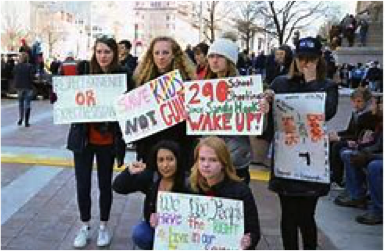
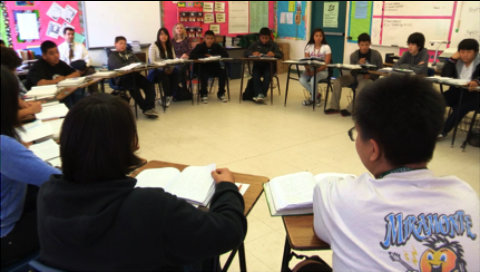
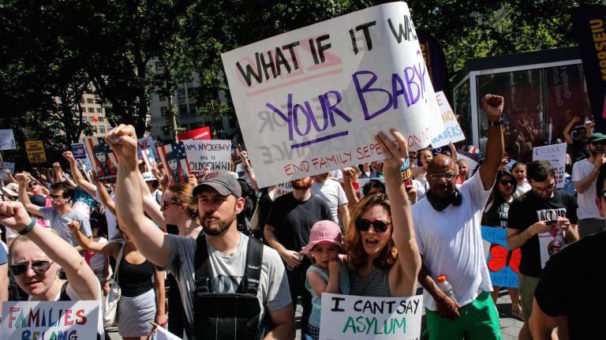
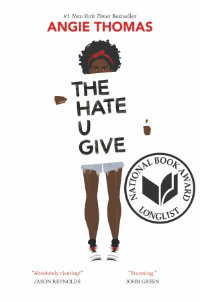
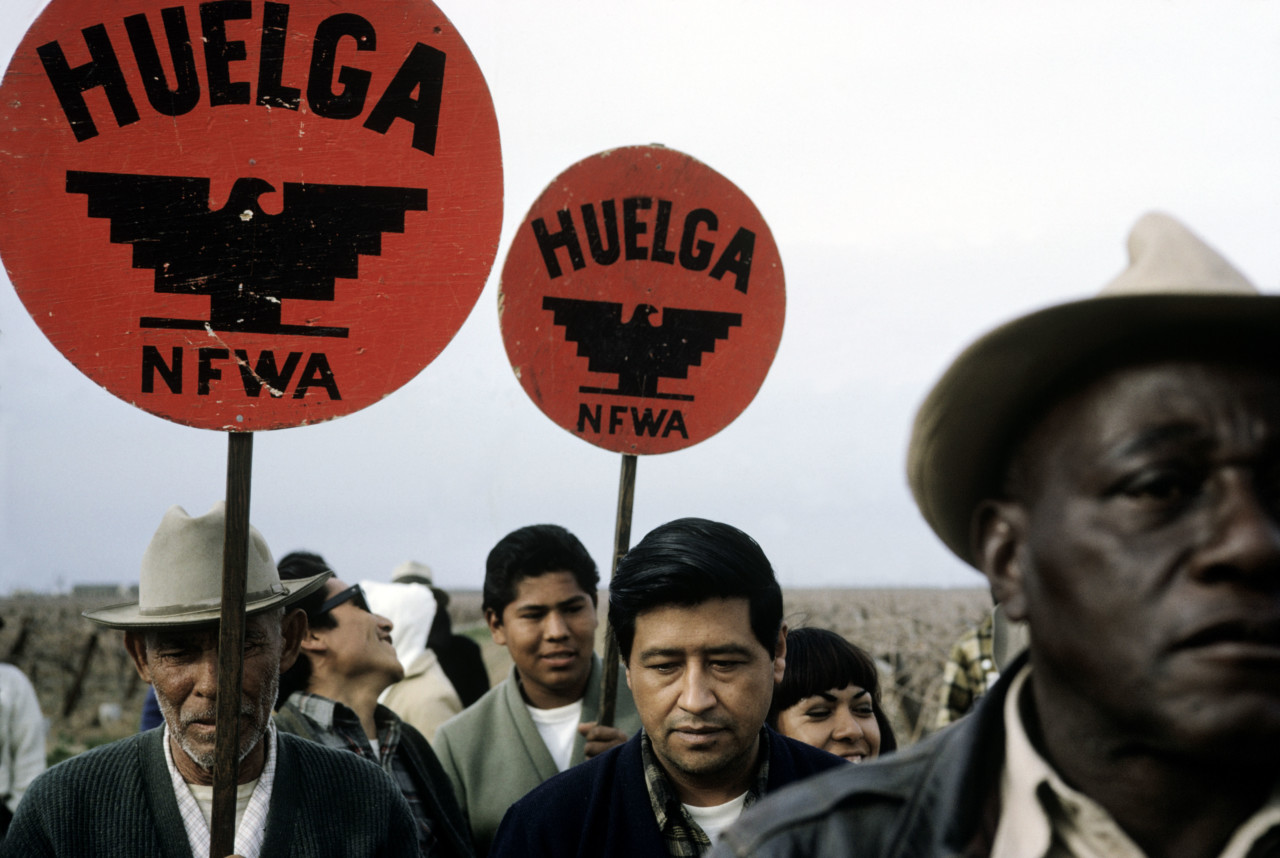
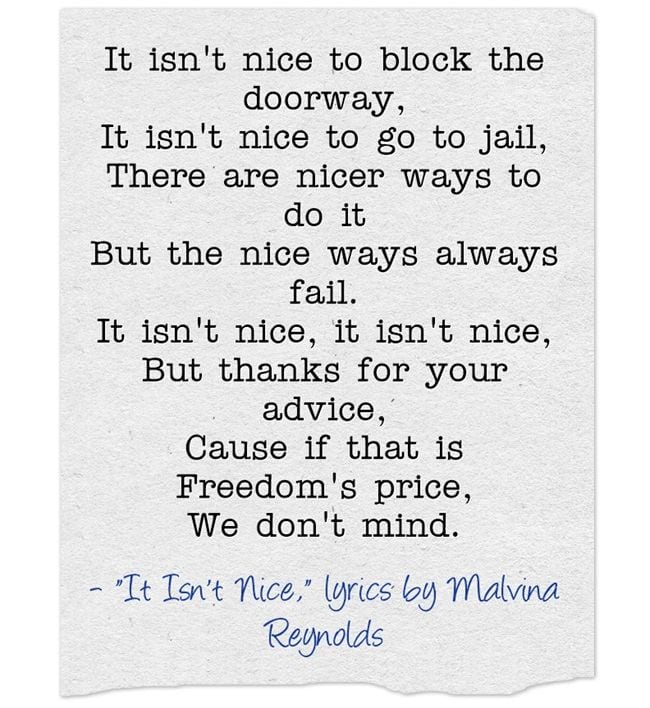






























Rita, thank you for lesson and all of the resources you’ve provided. I hope it’s okay if I pass these ideas along to the teachers I coach and train.
It is an interesting time right now, the likes of which haven’t ever been seen nationwide in the history of our country. Helping students to understand why protest can be a very helpful part of life in America will lesson their anxiety and give them a framework for standing up for themselves.
Oh what wonderful comments, Anne! Thank you for them. PLEASE share far and wide! I am VERY patriotic and want America to be a great place for all. I think protest helps keep our democracy on-track or at least move closer to the vision of life, liberty, and the pursuit of happiness for ALL. PLEASE share!